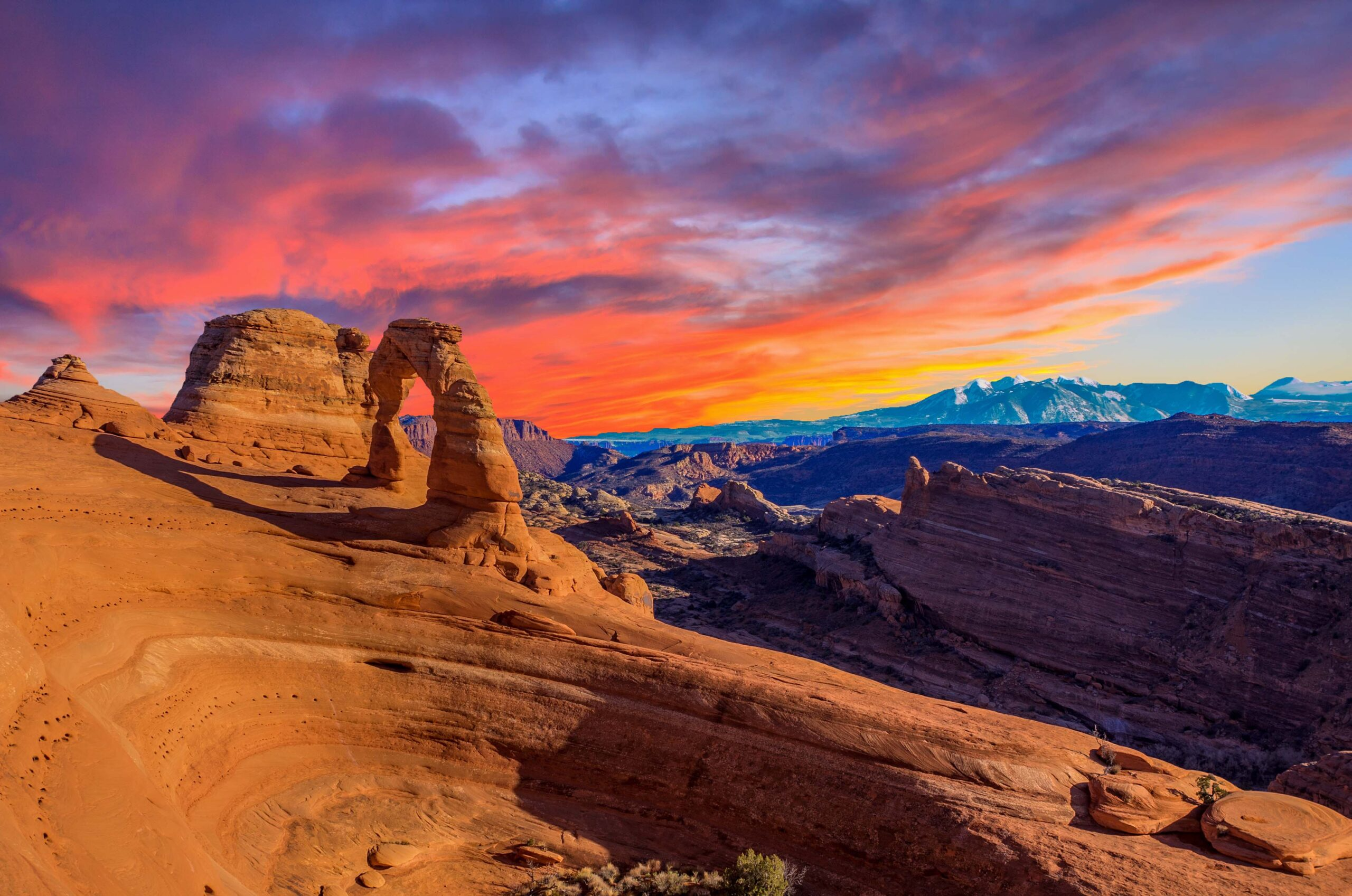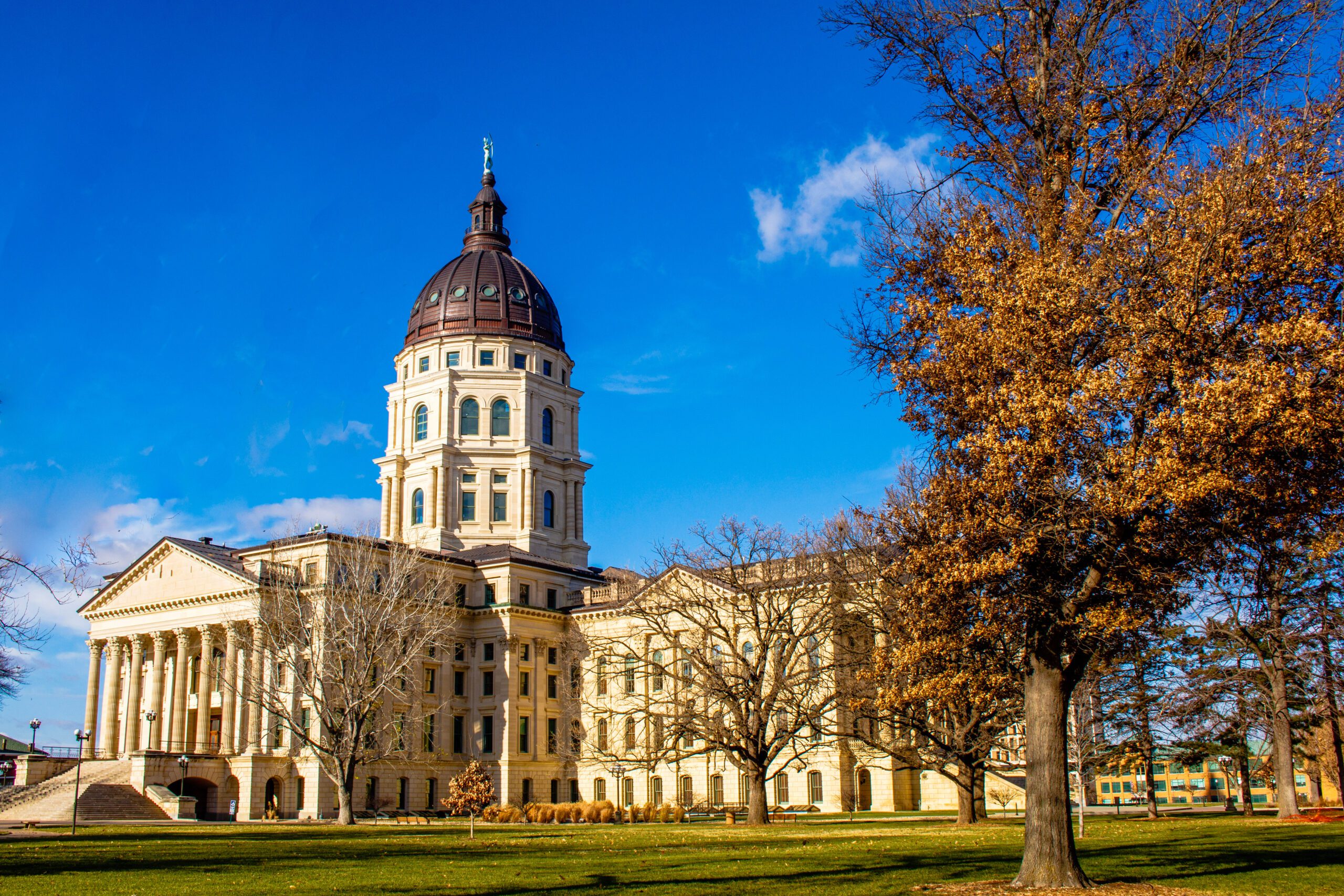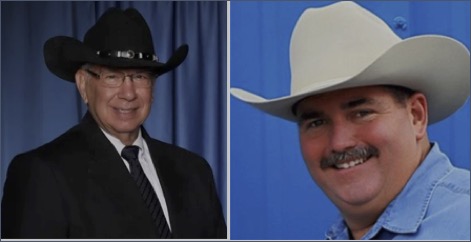The Reddest (and Stealthiest) Sanctuary State
For decades, deep red Republican Utah has avoided being labeled as a sanctuary state, although it is one of most welcoming states in the nation for illegal aliens. That came to an end when, on May 31, 2023, the field office director of the Salt Lake City Field Office of U.S. Immigration and Customs Enforcement (ICE) officially designated Utah as a sanctuary state.
This designation came as no surprise to many Utahns since for decades, Utah’s Republican governors and legislators, with the encouragement and support of Utah’s business and religious elites, have welcomed illegal aliens with open arms and offered them benefits that normally accrue only to legal residents and American citizens. In addition, they have enacted legislation that helps illegal aliens avoid deportation. All of this has resulted in Utah becoming a destination of choice for individuals unlawfully in the United States and it raises the question of why border cities and states are not busing illegal aliens to Utah.
The Utah Way — Welcoming Illegal Aliens while Avoiding the Sanctuary State Label
Unlike sanctuary states such as New York, California, and Illinois that proudly proclaim their sanctuary status, Utah prefers to do things in The Utah Way. It just so happens that all too often The Utah Way is the means by which Utah’s business, religious, and political elites achieve their goals by working behind the scenes while leading the public to believe that what they are doing is something quite different than what the actual purpose is.
A prime example of this is the “Utah Compact”, which was created by the Salt Lake Chamber, the state’s largest and most powerful business organization. The compact was designed to change the discussion from immigration enforcement, which was making strong headway in Utah, to support for illegal aliens, although this was not the purpose communicated to the public — and it worked. In fact, according to Robin Riggs, former executive vice president and general counsel of the Salt Lake Chamber: “We tried to make sure that it [the Compact] was characterized as something that came from the broader community, not from the Chamber.” and “If you look online and look anywhere where the genesis of this came from, you’re not going to find the Chamber’s fingerprints on it.”
Another example of The Utah Way is the way the predominant religion in Utah, the Church of Jesus Christ of Latter-day Saints (Mormons), supports and protects illegal aliens without ever openly endorsing illegal immigration. According to Riggs:
[T]hose of you who don’t know the specific religious politics in Utah, you know that this is the headquarters of the Church of Jesus Christ of Latter-day Saints or Mormon Church, and they don’t weigh in on politics very often, at least not locally … . And so when they do — or if they do, it’s big news. Well, they weren’t signatories to the Compact but they came out publicly and endorsed it which meant that you’ve got, you know, 70 percent of the population now raising eyebrows about it.
Okay, now our church leaders like this approach, like this more pragmatic approach. What is that — how does that play into those more conservative members who have an opposite view? And that almost immediately also changed the discussion a bit in Utah.
The Utah Way of keeping things under the radar was also evident when the Church managed to get a U.S. senator to slip an amendment to the United States immigration act into an agriculture appropriations bill. That amendment allows the Church to baptize and extend full membership, including calling illegal aliens to serve in voluntary positions while protecting the Church from criminal sanctions for doing so.
The Utah Way is further evident in the special benefits granted to illegal aliens by Utah governors and state legislators who publicly express their opposition to illegal immigration despite the fact that they know very well that when you incentivize something you get more of it. These benefits include:
- In-state college tuition for illegal aliens who attend and graduate from high school in Utah (2002).
- Driving privilege cards, which allow illegal aliens to drive legally in Utah (2005).
- The 2011 Utah Immigration Accountability and Enforcement Amendments, which would grant work permits to individuals illegally in the United States. Although never implemented, it remains on the books.
- Reducing the maximum penalty for a Class A misdemeanor conviction to 364 days. This helps individuals who are illegally in the United States avoid deportation when they are able to plea bargain a felony down to a Class A misdemeanor (2019).
- Amending Utah’s E-Verify requirement to substantially increase the number of employers who are able to hire illegal aliens and to make it easier for illegal aliens to work in Utah while using children’s illegally obtained Social Security numbers (2022).
- In-state college tuition for aliens who provide evidence that they have submitted an application for asylum under United States immigration law (2023).
- Taxpayer-funded health insurance for certain children of illegal immigrants as long their parents, who are not authorized to work legally in the United States, are employed in on-the-book jobs, even though as many as 85 percent of them are committing multiple job-related felonies, including identity theft, by using fraudulently obtained Social Security numbers to pay FICA taxes (2023).
These state-sponsored benefits are supplemented by the Church of Jesus Christ of Latter-day Saints, which provides a wide range of assistance to illegal aliens — food, housing, employment, and spiritual and other support.
The Utah Way Exposed — Utah Labeled a Sanctuary State by ICE
For decades, The Utah Way on illegal immigration kept Utah off the various sanctuary state lists. However, in a memo dated May 31, 2023, the U.S. Immigration and Customs Enforcement field office director in Salt Lake City exposed The Utah Way for what it really is. The subject line on a memo from Michael Bernacke, field office director, Salt Lake City Field Office, reads: “Sanctuary State Designation for the State of Utah”.
According to the memo, several sheriffs in Utah have recently “ended ICE’s ability to detain foreign nationals on a long-term basis (over 72 hours).” It reports that from October 1, 2022, to April, 30, 2023, only 33 percent of foreign nationals who were arrested by the Salt Lake City Field Office were detained by ICE while 67 percent were released from ICE custody because of non-detention policies of local sheriffs’ offices. This resulted in an “exceptional number of foreign nationals released back into the community to reside alongside Utah residents.” While this is technically correct, the memo places too much of the blame on the sheriffs who rightly argue that the costly and onerous requirements imposed on them by Biden administration policies go far beyond what they are required to do for other prisoners and, because of this, they can no longer afford to provide long-term detention facilities for illegal aliens.
In addition, the memo is only partially correct when it states that the lack of detention space in Utah now provides “a pull factor from the border to the region as foreign nationals have provided intelligence to staff advising that word of mouth amongst migrants is that Utah is a location where they will likely not be deported”. While a reduced risk of deportation may be a key factor, it is still only one part of the pull factor. The other part is the warm welcome and the benefits that Utah extends to illegal aliens. When these two factors are combined, they provide a more complete explanation for why the field office is observing that migrants who recently crossed the border are relocating from sanctuary states like New York and Illinois to Utah.
The memo concludes by stating that what happens in Utah directly de-stabilizes ICE’s law enforcement capabilities in Idaho and Montana. It then designates Utah as a sanctuary state.
Designation:
Accordingly, due to the de-stabilization of ICE’s law enforcement mission in Idaho, Montana and Utah, its negative downstream impact to the Border Patrol and border security, along with compromised due process and restriction of speedy immigration hearings, and the fact that other sanctuary states such as Colorado, Illinois, Maryland, Washington, etc. have enacted similar non-detention policies, I am designating the State of Utah as a sanctuary state.
This memo is both timely and important because it helps close the circle when it comes to explaining why Utah is a destination of choice for so many illegal aliens and asylum seekers with dubious claims — a welcoming place that offers benefits normally reserved for American citizens coupled with strong governmental, business, and religious support that reduces the risk of deportation.
Implications for Utah — A Destination to Relieve the Pressures on Border Cities and States
Once Utah’s top elected officials, including its governor, president of the state senate, and the speaker of the state house of representatives, who coincidentally is running for the U.S. Senate to replace Mitt Romney, became aware of the sanctuary memo in late September, they pulled out all stops to have it rescinded — and it was. In the true Utah Way, they browbeat the author of the memo into retracting it as they fought to change the focus from the state’s sanctuary status, which encourages even more illegal immigration, to focusing on the federal government’s failure to deal with illegal immigration.
Even though the ICE memo has been rescinded, the Utah Way, which welcomes illegal aliens with open arms while denying that it is offering sanctuary to them, has been exposed. Given this, it may be that border cities and states will start transporting illegal immigrants to Utah rather than spending much more money to send them to other, more distant sanctuary states. For example, El Paso could bus newly arrived illegal entrants to Utah much less expensively and in less than half the time that it takes to transport them to New York City (14 hours vs. 32 hours). In either case, the receiving destination will be one that welcomes illegal aliens, provides them with a wide range of benefits, gives them a sense of security from deportation, and encourages further illegal immigration.
If border cities and states were to very publicly transport illegal aliens to Utah, it would expose the Utah Way on illegal immigration for what it actually is — a stealth sanctuary state program. On the other hand, if they were to do it quietly, without fanfare, that would be fully consistent with the Utah Way and Utah could continue to welcome illegal aliens with open arms while still denying that it is a sanctuary state.






